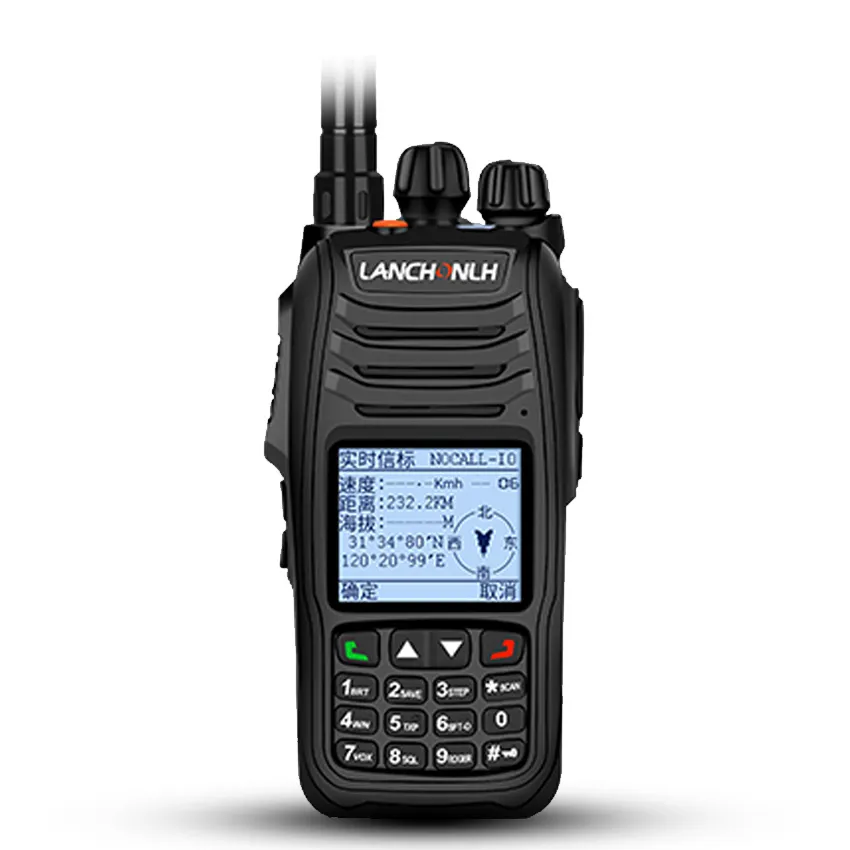
- English
- Español
- Português
- русский
- Français
- 日本語
- Deutsch
- tiếng Việt
- Italiano
- Nederlands
- ภาษาไทย
- Polski
- 한국어
- Svenska
- magyar
- Malay
- বাংলা ভাষার
- Dansk
- Suomi
- हिन्दी
- Pilipino
- Türkçe
- Gaeilge
- العربية
- Indonesia
- Norsk
- تمل
- český
- ελληνικά
- український
- Javanese
- فارسی
- தமிழ்
- తెలుగు
- नेपाली
- Burmese
- български
- ລາວ
- Latine
- Қазақша
- Euskal
- Azərbaycan
- Slovenský jazyk
- Македонски
- Lietuvos
- Eesti Keel
- Română
- Slovenski
- मराठी
- Srpski језик
What is Intrinsically Safe Walkie-Talkie?
2024-09-11
In the world of industrial communication, safety is paramount, especially when dealing with potentially hazardous environments. This is where intrinsically safe walkie-talkies, also known as two-way radios, come into play. So, what exactly is an intrinsically safe walkie-talkie, and why are they so important?
An intrinsically safe walkie-talkie is a specialized type of communication device designed to operate safely in environments where explosive gases, dusts, or other ignitable materials may be present. These radios are engineered with strict limits on the amount of electrical and thermal energy they can release, ensuring that they cannot create a spark or generate enough heat to ignite surrounding materials.
The concept of intrinsic safety is rooted in the principles of explosion protection. In explosive environments, any electrical or thermal energy that exceeds certain thresholds can potentially trigger a spark or heat ignition, leading to an explosion. To prevent this, intrinsically safe devices are designed to operate within safe limits, ensuring that they do not pose a risk to the surrounding environment.
One of the key features of an intrinsically safe walkie-talkie is its low power output. Unlike standard radios, which can emit significant amounts of radio frequency (RF) energy, intrinsically safe radios operate at lower power levels to minimize the risk of ignition. Additionally, these radios often incorporate special circuitry and components that are designed to withstand the harsh conditions found in explosive environments, such as high temperatures, pressure, and corrosion.
Another important aspect of intrinsically safe walkie-talkies is their certification. To be considered intrinsically safe, these radios must undergo rigorous testing and evaluation by independent third-party organizations. These organizations, such as Underwriters Laboratories (UL) and Factory Mutual (FM), use standardized testing procedures to ensure that the radios meet specific safety requirements for use in explosive environments.
The benefits of using intrinsically safe walkie-talkies are numerous. For one, they provide a reliable and effective means of communication in environments where other forms of communication may be unreliable or unsafe. This is particularly important in industries such as oil and gas, mining, and chemical processing, where communication is critical to ensure the safety and productivity of workers.
Furthermore, intrinsically safe walkie-talkies can help reduce the risk of accidents and explosions in these environments. By limiting the amount of electrical and thermal energy they can release, these radios minimize the potential for sparks or heat ignition, reducing the likelihood of a catastrophic event.




